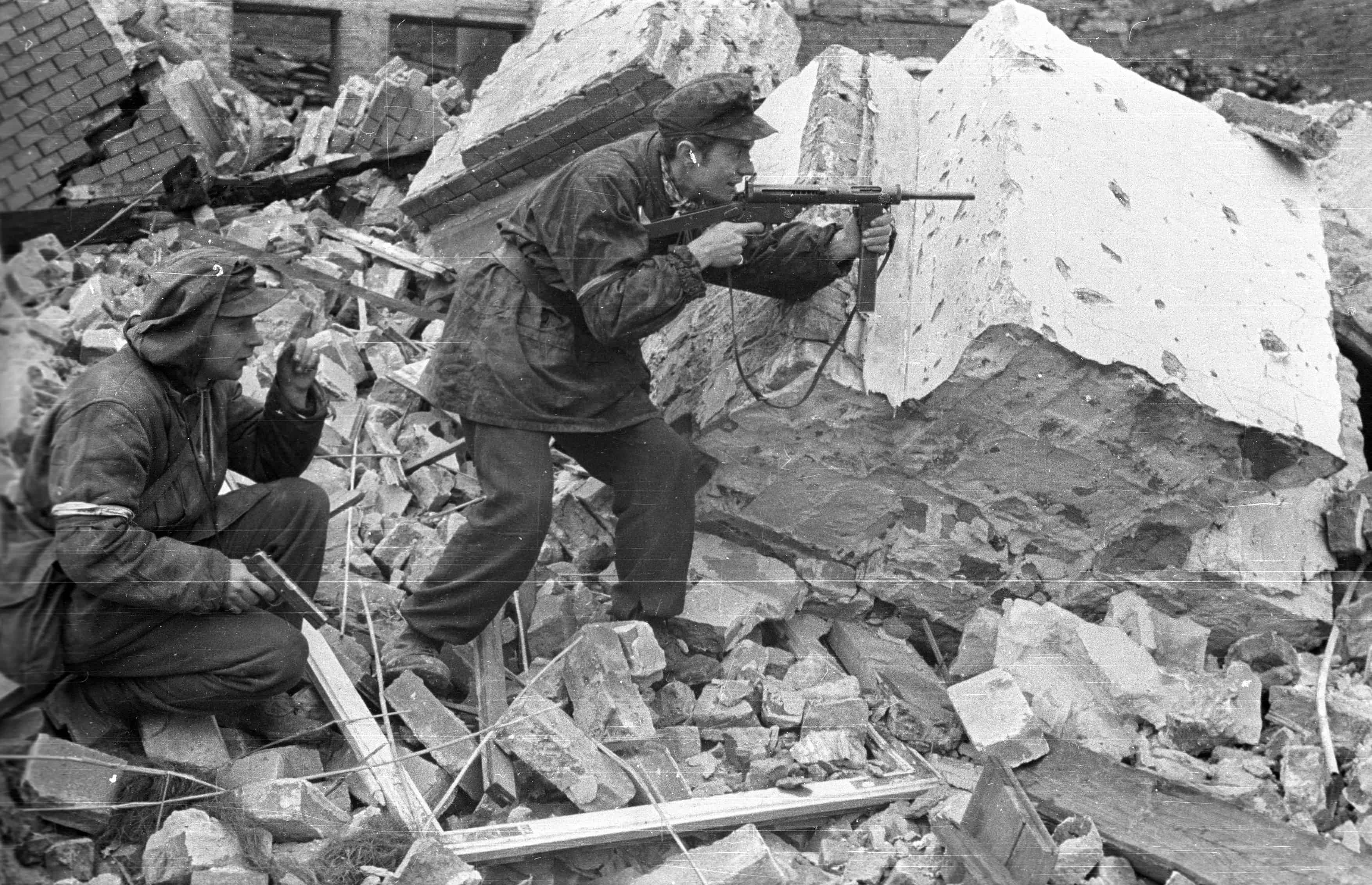On this day, the Red Army liberates the Polish capital from the Germans. The Soviets had a few weeks earlier mobilized 180 divisions against the Nazis in Poland and East Prussia. They had made rapid progress and had driven the Germans out of much of Poland and took much of East Prussia. The Soviet High Command ordered General Georgi Zhukov’s divisions to cross the Vistula and in a pincer movement to advance on the Polish capital. The Germans did not put up much of a resistance and the Soviet army liberated the city without a siege or major street fighting. The Red army entered a city that had been devastated by the Nazis. It is estimated that the population had fallen from a pre-war level of 1.3 million to about 150,000. The city was a wasteland with its infrastructure destroyed.
Warsaw had been a battleground since 1939. In September 1939, the Germans had besieged the city and thousands of Polish civilians were killed. The Germans cut the city off and the inhabitants were soon without food and medicine. On 27th September, after a series of air raids that destroyed a quarter of the city, the Poles surrendered. The Soviets at this time had invaded and occupied the eastern section of Poland.
The Nazis occupation of Poland was particularly brutal and the population of Warsaw suffered greatly. In 1941 Hitler ordered the invasion of the Soviet Union, but by the summer of 1944, the tide of the war had turned and the Red Army was on the borders of Poland.

ADVERTISEMENT - CONTINUE READING BELOW
This alarmed many Poles who wanted to end the Nazi occupation but did not want to be dominated by the Soviet Union. The Poles and the Russians had historically been enemies. The Polish Home Army decided to rise up and drive the Germans out of Warsaw and Poland. This would not only liberate the homeland but also ensure that the Red Army could not occupy Poland. The Home army rose in August 1944 and they managed to seize much of the city. However, Hitler was determined not to lose Warsaw and he ordered several SS divisions into the city.
The revolt was brutally suppressed with thousands of civilian casualties. Many of the survivors were sent to concentration. The Red army was not far away but Stalin ordered them to do nothing and they stood idly by, while the Nazis crushed the Polish revolt. Indeed, Stalin even denied the use of airstrips in the region to Allies. The British and the Americans had hoped to use these to supply the Poles in Warsaw or to provide them with air support. This was all a deliberate strategy by Stalin he wanted the Germans to destroy the Polish resistance. The Polish Home Army was destroyed by the Nazis and this allowed the Red Army to occupy the country with little or no resistance.

ADVERTISEMENT - CONTINUE READING BELOW

